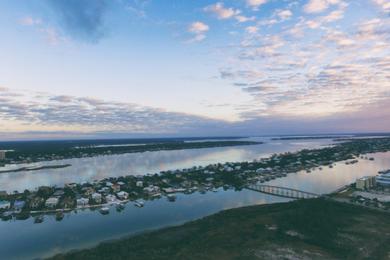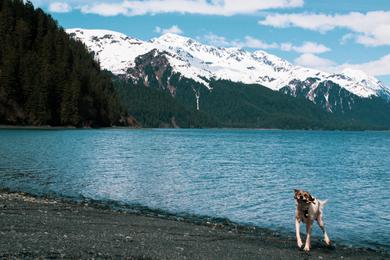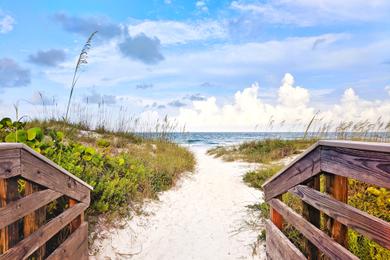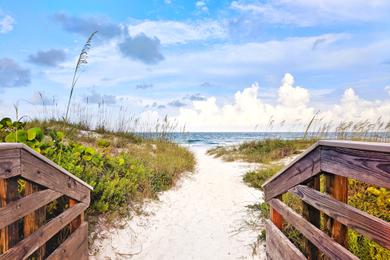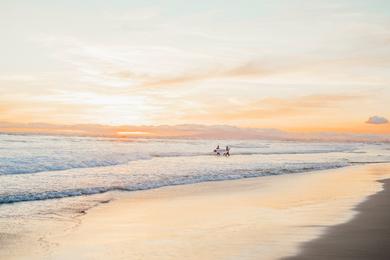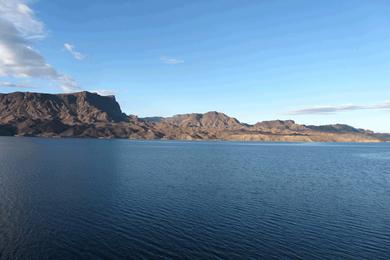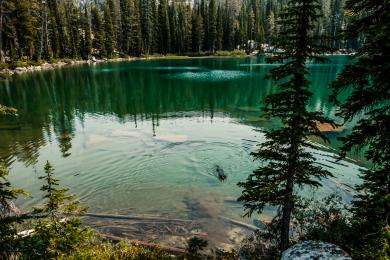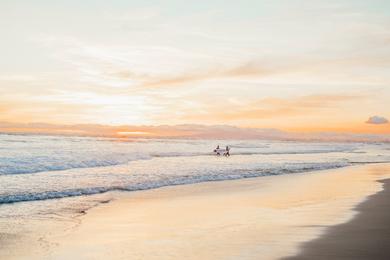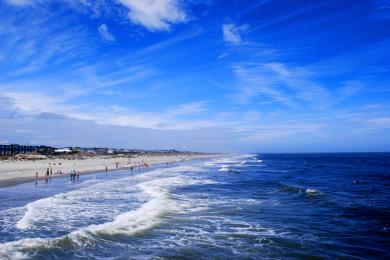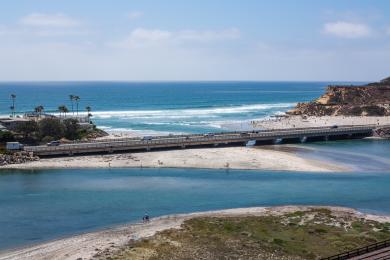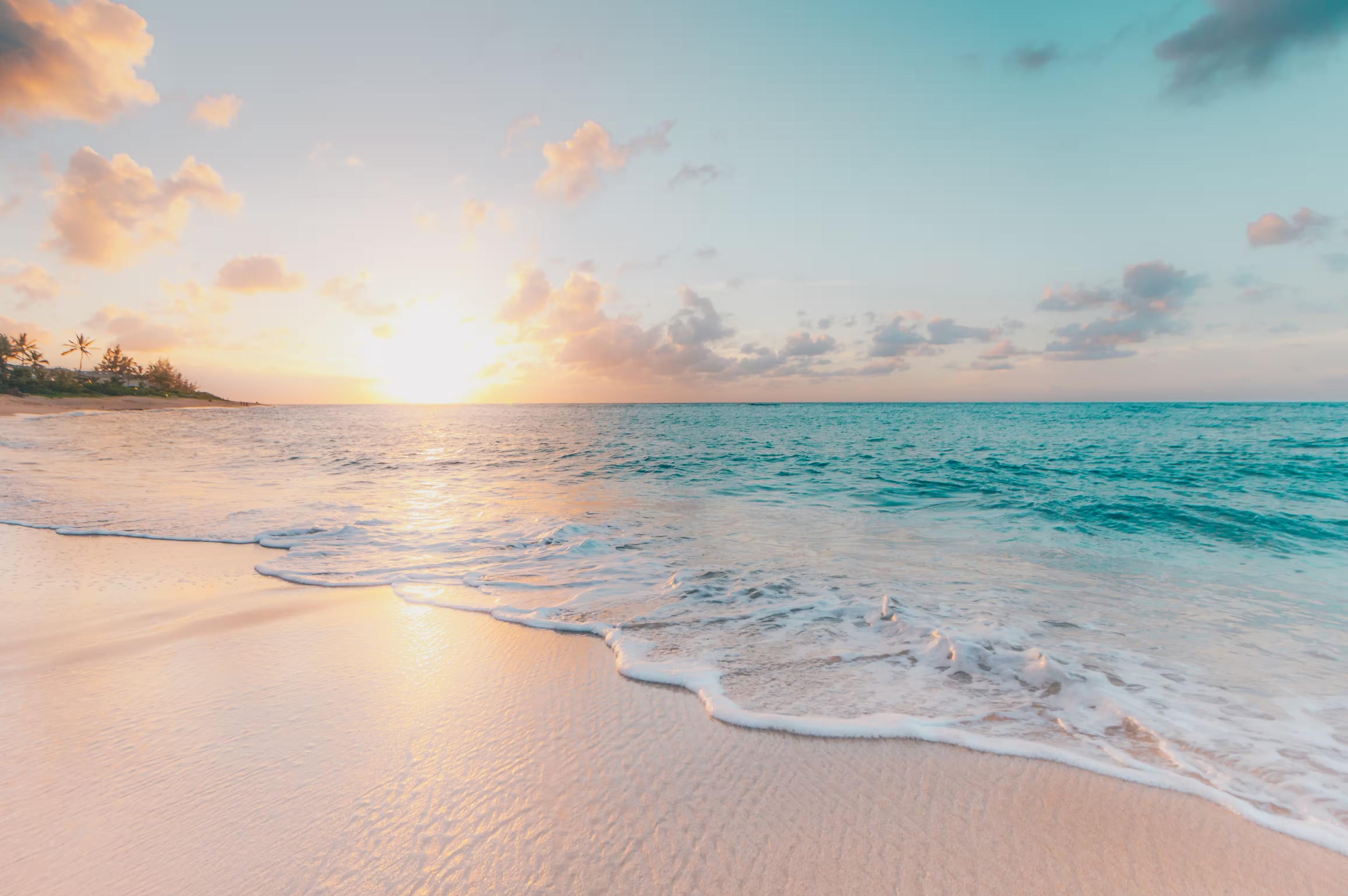Tingley Beach is a unique recreational area located in Albuquerque, New Mexico, offering a tranquil escape from the city. Situated south of Central Avenue on the east side of the Rio Grande, it is part of the Albuquerque Biological Park complex. The beach was originally known as Conservancy Beach and was renamed in honor of Clyde Tingley, the 11th governor of New Mexico. After being closed to swimmers in the 1950s, it was primarily used for fishing and was fully renovated and reopened in 2005. Tingley Beach features fishing ponds, paddle boats, a model boating pond, nature trails, and a restaurant, making it an ideal spot for families and nature lovers. The area is open from sunrise to sunset and offers free access, making it a popular destination for both locals and tourists. Visitors can enjoy wildlife watching, model boating, and walking paths, creating a peaceful and engaging environment for all ages. Tingley Beach is also connected to other attractions within the ABQ BioPark via a narrow-gauge railroad, enhancing its appeal as a comprehensive recreational site.
Read More...Elephant Butte Lake State Park, located in Rock Canyon, New Mexico, is a stunning desert oasis offering a wide range of outdoor activities. The park is home to New Mexico's largest lake, stretching 43 miles and providing ample opportunities for boating, fishing, and swimming. Visitors can enjoy sandy beaches, hiking trails, and scenic views, making it a perfect destination for nature lovers and adventure seekers. The park's unique landscape, created by the Rio Grande's damming in 1916, offers a blend of natural beauty and historical significance. It's a popular spot for both summer and winter activities, with attractions like Kettle Top Mountain and Castle Rock adding to its allure. The nearby town of Elephant Butte offers additional amenities and services, enhancing the overall experience for visitors.
Read More...Lea Lake is a charming 17-acre lake nestled within Bottomless Lakes State Park in Dexter, New Mexico. Renowned for its striking blue/green waters caused by abundant aquatic plants, the lake offers a serene escape into nature. Surrounded by sandy beaches and scenic trails, Lea Lake provides a peaceful yet engaging atmosphere suitable for both relaxation and adventure. The park's unique geological formations, including deep sinkholes and underwater caverns formed by collapsed rock layers, add an intriguing natural element to this popular spot.Visitors to Lea Lake enjoy year-round access to its sandy beach, which is patrolled by lifeguards during the summer months, ensuring safe swimming conditions. The lake’s calm waters make it perfect for activities such as paddleboarding, kayaking, and scuba diving. Whether you are seeking a family-friendly picnic, an active day on the water, or tranquil bird watching, Lea Lake offers a wide range of attractions in a beautifully maintained park setting.Being part of New Mexico’s first designated state park, Lea Lake holds historical significance and is a favored destination for both locals and tourists. Early morning and evening visitors are often rewarded with stunning sunrises and sunsets, painting the landscape in vibrant colors and providing excellent photo opportunities.
Read More...Cochiti Lake, located in Sandoval County, New Mexico, is a scenic destination nestled among tall rocky bluffs and steep cliffs. It is part of the Pueblo de Cochiti Indian Reservation and offers a variety of recreational activities such as sailing, fishing, windsurfing, and swimming. The lake is approximately 7 miles long and is known for its diverse fish species, including bass, catfish, and trout. The surrounding area provides stunning views of the Jemez Mountains and offers opportunities for wildlife viewing, with species like deer, coyotes, and beavers. Cochiti Lake is also a significant habitat for various fish species and supports a rich ecosystem.Cochiti Lake is accessible via two public recreation areas: Cochiti Recreation Area on the west side and Tetilla Peak Recreation Area on the east side. Both areas offer camping facilities, boat ramps, and picnic areas, making it an ideal spot for outdoor enthusiasts. The lake's proximity to Santa Fe and Albuquerque makes it a popular weekend getaway for those seeking adventure and relaxation.The construction of Cochiti Dam, one of the ten largest earth-fill dams in the U.S., created the lake, which serves multiple purposes including flood control, irrigation, and recreation. The lake's unique blend of natural beauty and recreational opportunities makes it a must-visit destination in New Mexico.
Read More...Abiquiu Lake is nestled in the picturesque landscapes of Canones, New Mexico, offering a unique beach experience with its rugged, natural beauty. Unlike traditional sandy beaches, it features a distinctive shoreline that captivates visitors. The lake is a 5,200-acre reservoir managed by the U.S. Army Corps of Engineers, providing opportunities for camping, fishing, boating, and swimming. Its proximity to the Rio Chama and the surrounding mountains creates a breathtaking backdrop for outdoor enthusiasts. The area is rich in cultural and historical significance, having been home to various cultures for thousands of years. The lake's setting, surrounded by Pinon, Juniper, and Sage among colorful rock formations, offers panoramic views of Cerro Pedernal (Flint Mountain). Reptile fossils dating back 200 million years have been found in the area, adding to its geological interest. Abiquiu Lake serves both as a recreational site and an important water reservoir, balancing preservation and utilization. The area's natural beauty and historical significance make it a compelling destination for those interested in exploring the outdoors and learning about the region's cultural heritage.
Read More...